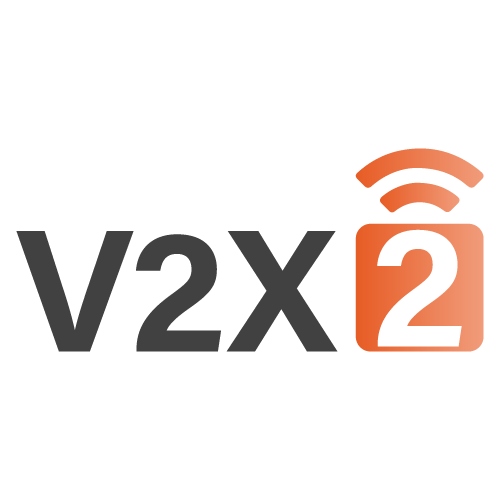DSRC technology
What is DSRC?
DSRC (Dedicated Short-Range Communications) is a wireless communication technology that enables vehicles to communicate with each other and other road users directly, without involving cellular or other infrastructure. DSRC is based on WiFi technology.

Evolution of DSRC
Next generation DSRC, IEEE802.11bd, was ratified in 2022. 11bd is fully backward compatible with DSRC and can share a channel with it (co-channel coexistence).
11bd improves DSRC radio performance at higher speeds and in the presence of obstructions.
Concept of Operation
Every vehicle securely and anonymously transmits its heading trajectory and speed ten times per second. All surrounding vehicles receive the message and estimate the risk imposed by the transmitting vehicle. Risks are defined as “safety applications” such as Left Turn Assistance (LTA), Intersection Movement Assistance (IMA) and many more.
DSRC cybersecurity
DSRC was designed for maximal cybersecurity. The receiving vehicle validates the authenticity of the received messages. The messages are not linkable to the vehicle and do not reveal its identity, thus ensuring the protection of the driver’s privacy.
Advantages of DSRC
DSRC technology has been standardized, implemented and thoroughly tested for V2X applications for more than a decade. Products are ready, and a large DSRC ecosystem provides a full suite of interoperable solutions.
Key advantage of DSRC is to “see around corners” (Non-Line-Of-Sight), a feat unmatched by any other sensor. It is optimized for high mobility even amidst obstructions, handling fast-changing environment at speeds as high as 500 km/h. The communication range exceeds 1km.
DSRC provides a key foundation for V2V and V2I safety by enabling connectivity between road users. DSRC can ensure a common interoperable safety standard for vehicles, regardless of size, make and model, to help avoid crashes, optimize traffic flow, and reduce congestion.



